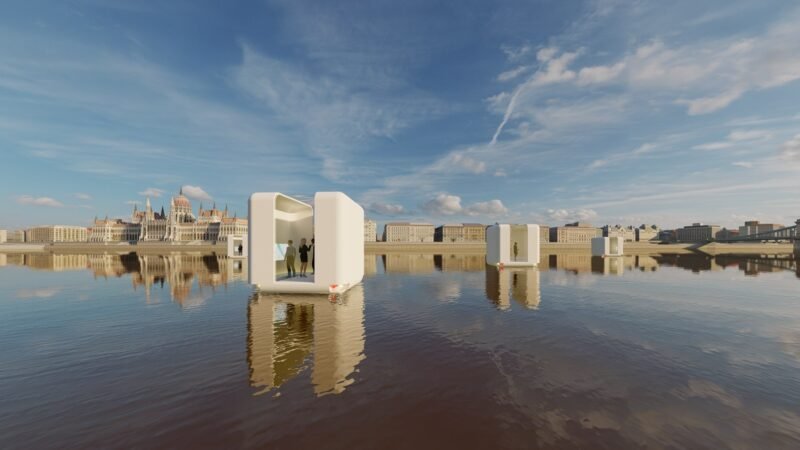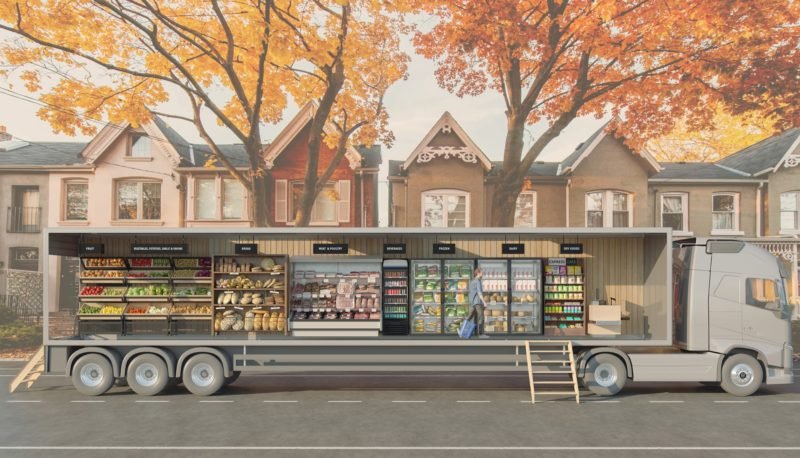Urban Gondolas: The Future Of Public Transport?
Bus, train, metro, cable car? Michael McDaniel, designer at innovation firm Frog Design, has launched a radical plan for a new form of public transportation in big cities — a system of gondolas.
According to McDaniel, it would be efficient and inexpensive to update existing urban transportation networks with a system of gondolas that could replace the current model of public transport. The initial plan, designed for Austin, proposes a network of detachable gondolas that connect different neighborhoods in the city and enables cyclists and pedestrians to almost literally jump over congested areas.

The designer claims that his idea is more efficient than current forms of public transport. Roads in many cities were built according to old-fashioned standards that make them generally too narrow for the 21st century. The alternative and efficient way of transport is rail, but if you look closely at the costs it’s pretty expensive and impractical. Light rail costs approximately $35m per mile, elevated rail costs $132m per mile, and subway is priced at $400m per mile. Frog Design’s urban gondola network will cost only $3m (!) per mile. That’s not the only thing — you can imagine that riding a gondola high up in the sky will be a great experience.

The design team has calculated that a gondola system will be able to move as many as 10,000 passengers per hour, a number that equals 2,000 car trips or 100 city bus trips. As the cable cars can run over almost any terrain, it’s easy to extend the network according to a city’s transportation needs.

The aerial gondola system will work best in cities with a decent share of high-rise buildings that can function as transfer hubs. Relatively flat cities need to build high stations, which will drive up the building costs. Second, if one gondola is in trouble, a large part of the system has to be taken out of order as all cars are dependent on the few steel cables that move them. Third, an urban gondola system is a relatively individualist mode of transport &mdaash; is that a desirable scenario? Many cities in the world have chosen to solve congestion problems by simply reducing car traffic and using the available space for bike lanes. Nevertheless, the urban gondola system is a revolutionary plan that sounds extremely interesting, and will become a true landmark for the first city that dares to build it.



